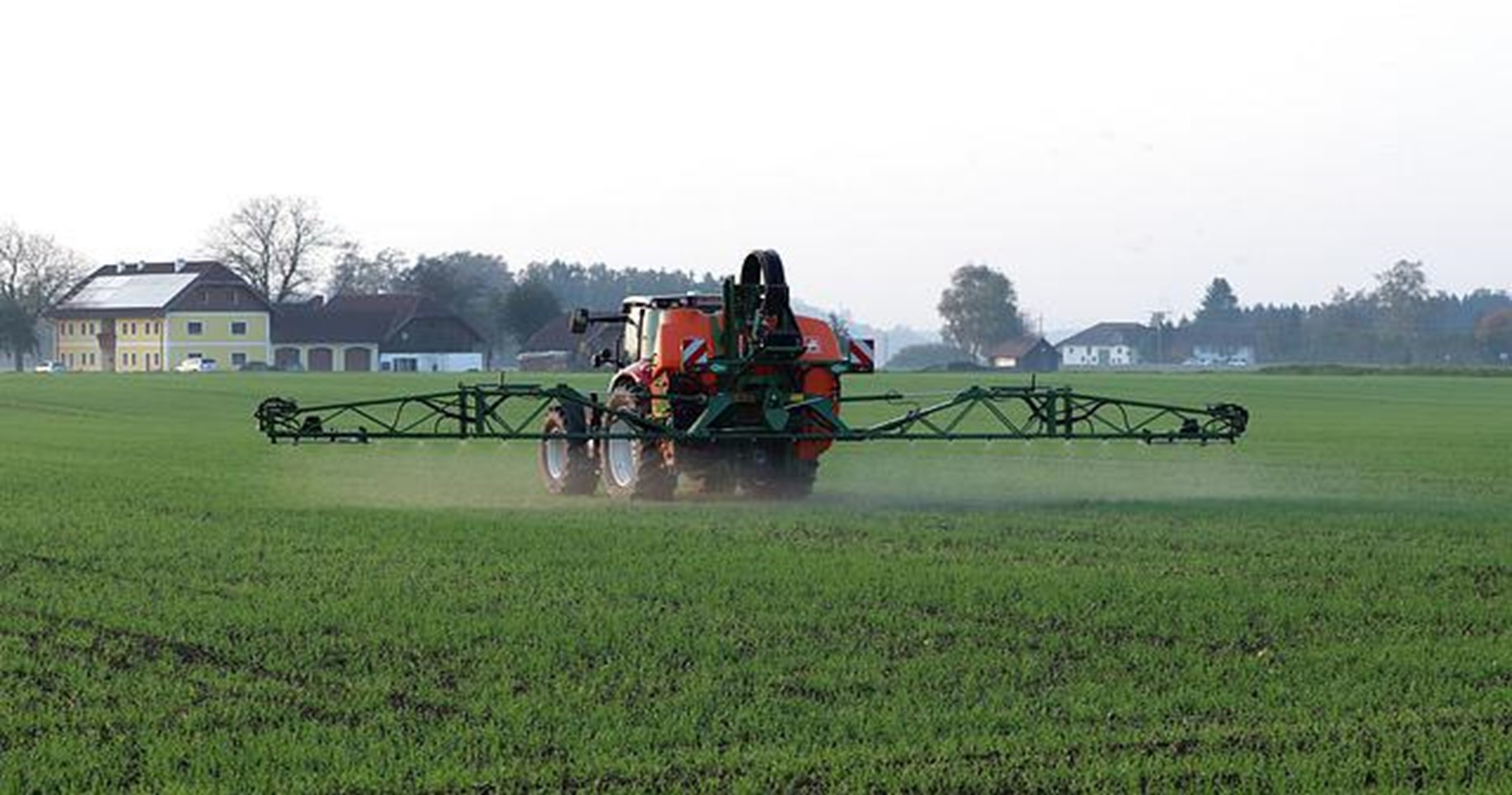Acute Occupational Pesticide Poisoning (AOPP)
Overview

The Occupational Health Surveillance (OHS) Program keeps a record of information on acute occupational pesticide poisoning (AOPP) incidents in the state of Texas.
Our goal is to prevent and reduce exposures to chemicals that may affect the health of communities. The OHS program works to keep workers safe by:
- Investigating work-related pesticide poisoning incidents
- Monitoring pesticide exposures in Texas.
- Publishing results of incidents or trends for the community and other agencies.
- Educating workers, employers, and communities on how to prevent and reduce pesticide exposure.
Quicklinks
State Law
The Occupational Health Surveillance Program operates under state laws:
Texas Administrative Code, Title 25, Part 1, Chapter 99, Rule 99.1
External links to other sites are intended to be informational and do not have the endorsement of the Texas Department of State Health Services. These sites may also not be accessible to people with disabilities.